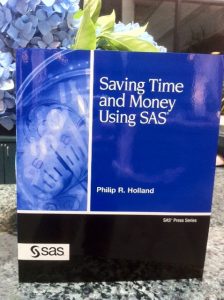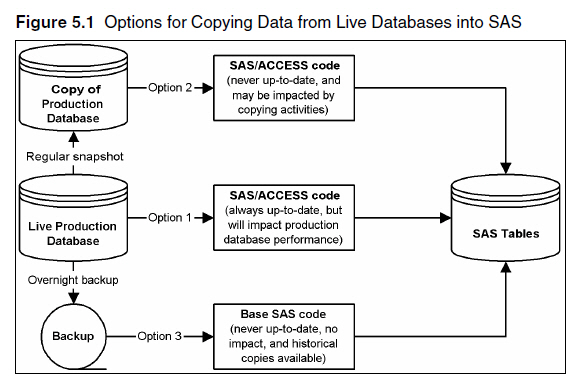 This week's SAS tip is from Phil Holland and his book Saving Time and Money Using SAS. Besides being a popular author, Phil is a frequent speaker at conferences around the globe and an active participant in online communities. If you're on LinkedIn, look for him on SAS Professional Forum or his own LinkedIn group page.
This week's SAS tip is from Phil Holland and his book Saving Time and Money Using SAS. Besides being a popular author, Phil is a frequent speaker at conferences around the globe and an active participant in online communities. If you're on LinkedIn, look for him on SAS Professional Forum or his own LinkedIn group page.
You can also learn more about Phil and his work by visiting his author page.
The following excerpt is from SAS Press author Phil Holland's book "Saving Time and Money Using SAS" Copyright © 2007, SAS Institute Inc., Cary, North Carolina, USA. ALL RIGHTS RESERVED. (please note that results may vary depending on your version of SAS software).
Access to Live Database Data
No self-respecting database administrator should ever allow unregulated access to live data available to SAS/ACCESS software users, particularly if the database is being used to support transaction-based processing. The performance impact on live production systems can be dramatic if a long-running query is started. Response times of production transactions can greatly increase as the processing resources become scarcer due to other processes taking away more and more.
The usual alternative is to create a copy of the database at set intervals to provide a regularly updated snapshot of the live database for querying by SAS/ACCESS. This database copy would still need to be maintained by the database administrators to make certain the query performance is acceptable, without adversely affecting the performance of the production systems.
